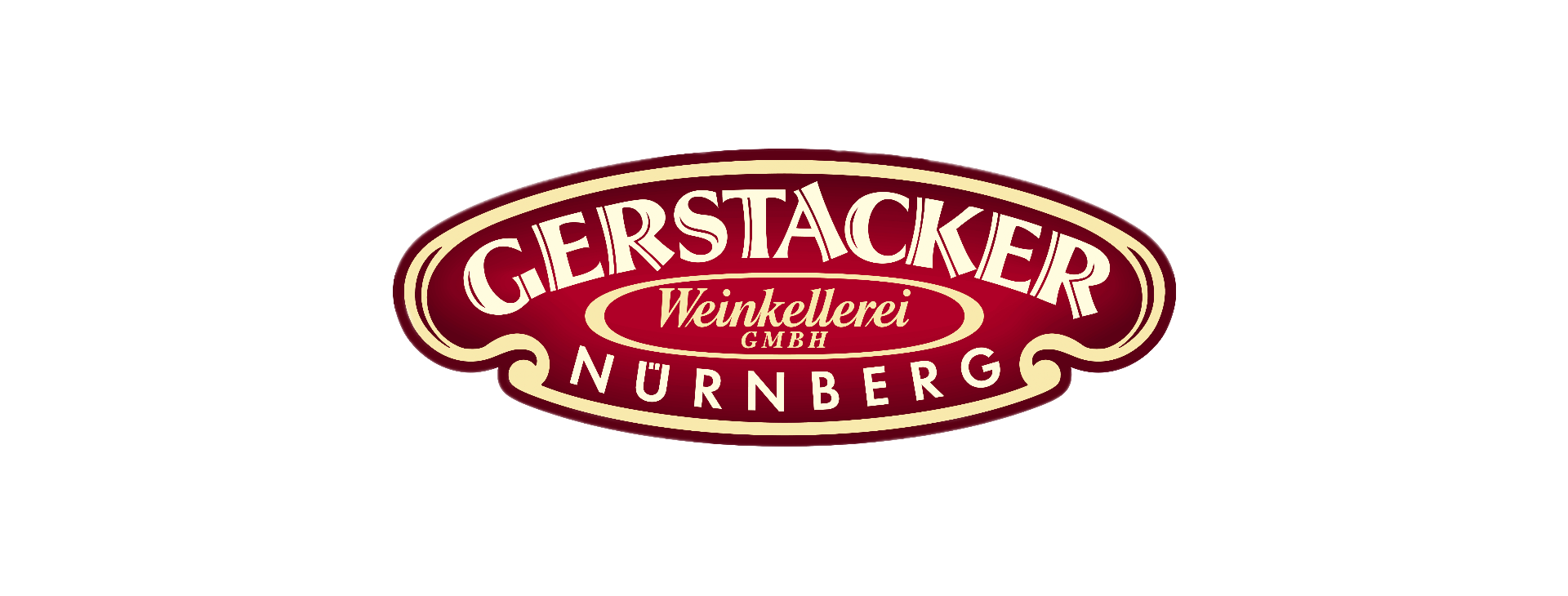The Chronicle of the Christmas Market
1530 The letters of Willibald Pirckheimer (1470 to 1530), Nuremberg Town Council member and humanist, were edited and published by the Heidelberg historian Helga Scheible in 2001. Pirckheimer wrote that the nuns from the Bergen convent near Hersbruck – a branch of the convent in Neuburg on the Danube River – "sent for spices from the Market" in Advent. This is probably a reference to the Nuremberg Market.
1545 The Reformer Martin Luther had his children brought presents by the "Holy Christkind". Up until then children had received them from Saint Nicholas.
1564 The Nuremberg patrician Endres Imhoff entered expenses for presents on December 22. A year before he had not bought them until after Christmas. Such records suggest that the Nuremberg patricians may have started giving presents at Christmas, instead of at New Year, as of 1564.
1610 A Town Council decree dated December 22 had indecent joke items confiscated that a wood turner had made as children's Christmas gifts.
1616 In the chronicle of St. Sebaldus Church, Lüder, the parish minister, complained that on Christmas Eve he had to cancel the Vespers and afternoon sermon, because "no one was present, as they were all shopping for Christmas gifts".
1678 The following inscription in black ink was found at the bottom of an oval, 19-centimeter-long wooden box decorated with flowers – now in the possession of the Germanisches Nationalmuseum: "Sent to Regina Susanna Harßdörfferin by Miss Susanna Eleonora Erbsin (or Elbsin) on the occasion of the Kindle’s Market (Christmas Market) of 1678". The original contents, consisting of twelve silk skeins of different thicknesses, are still to be found in this box. It was quite likely sold complete with contents at the 1678 market. The inscription on the bentwood box is currently considered the oldest proof of the existence of the Nuremberg Christmas Market.
1697 Christoph Wagenseil, a professor at Altdorf University, mentioned the "Christkeindleinsmarck" in the second history of the town, De ... civitate Norimbergensis commentatio ..., written and printed in Latin.
1729 The Town Council rejected a goldsmith's suggestion of introducing a lottery at the market. Countermeasures were thus to be taken against the debasement of this fair during the Christmas period.
1737 A list provides valuable information on the stall holders. It indicates that almost all Nuremberg craftsmen were represented in the "little town of wooden stalls". 140 persons were entitled at that time to offer goods for sale.
1898 The Christmas Market had to leave its traditional location on the Main Market Square. It was moved to the Insel Schütt, an island in the River Pegnitz.
1919 A new location was found for the Christmas Market on the square in front of the Museum of Applied Arts.
1923 The market was displaced once again. The stall holders had to move into the temporarily empty rooms of the Transport Museum.
1933 The Christmas Market returned to its old location on the Main Market Square. It was opened on 4 December with a new ceremony – an actress dressed as the Christmas Angel recited a prologue, children's choirs sang, church bells rang.
1948 The first Christmas Market after the war was held amidst the destroyed Old Town. The opening ceremony remained almost unchanged. Friedrich Bröger wrote a new prologue, which was recited by the first Christkind, the actress Sofie Keeser.
1966 Through the years Friedrich Bröger changed the prologue referring to the changes around the Market Square. The current prologue dates back to 1966 and was the last version by Friedrich Börger and hasn’t changed since then.
1969 For the first time the Nuremberg people chose a girl from amongst the population and made her the new Christkind.
1973 The City Council decided to move the opening of the Christmas Market from 4 December (St. Barbara's Day) to the Friday before the first Advent Sunday. The intention was to distribute the stream of visitors better. The number of visitors to the "little town of wooden stalls" exceeded 1 million for the first time.
1986 The Market of the Sister Cities takes place for the first time
1996 The Christmas Market's logo, consisting of the name and the image symbol, and one year later the name "Nürnberger Christkindlesmarkt" were both trademarked.
1999 On the 950th anniversary of the city, the "Nuremberg Children's Christmas Market" and the "House of Stars" opened on Hans Sachs square for the first time.
2012 The Christkindlesmarkt gets a new logo in the form of a stylised Christ Child, which is protected as a word-picture sign.
2020 Due to the Corona crisis, the Nuremberg Christkindlesmarkt was cancelled - for the first time since 1948. The market could not take place in 2021 either.










.png?f=16%3A9&h=80&m=FIT&w=150&$p$f$h$m$w=65eb475)

